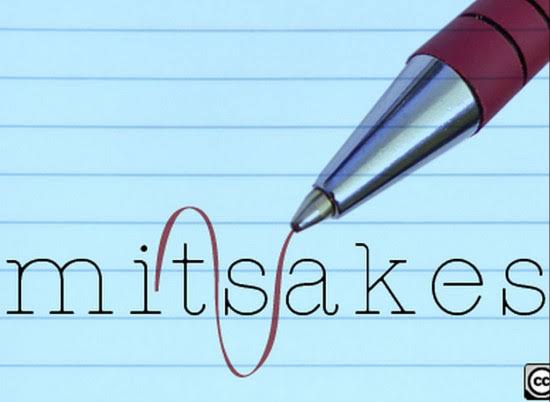Strategic writing is an essential skill for marketers, content creators, and business professionals. It combines creativity with a clear objective, aiming to engage, inform, and convert audiences effectively. However, even experienced writers can fall into certain traps that compromise the impact of their work. Here are some common mistakes in writing and tips on how to avoid them.
1. Lack of Clarity
One of the most frequent mistakes in strategic writing is a lack of clarity. Writers often focus too much on being clever or creative and forget that the primary goal is to communicate a message clearly. If the reader has to work too hard to understand your point, they’re likely to lose interest.
How to Avoid It:
Before drafting, outline your key points and the message you want to convey. Keep your sentences short and straightforward. Avoid jargon and overly complex language unless it’s necessary for your target audience. Always review your work to ensure that it’s easy to follow.
2. Not Understanding the Audience
Another common mistake is failing to understand the target audience. Strategic writing is most effective when it speaks directly to the reader’s needs, desires, and pain points. If you don’t know who you’re writing for, your message may fall flat.
How to Avoid It:
Research your audience thoroughly before writing. Know their demographics, preferences, and challenges. Create reader personas if necessary, and tailor your content to address their specific needs. Use language and tone that resonate with them to make your message more impactful.
3. Focusing on Features Instead of Benefits
Writers often make the mistake of focusing on product or service features rather than emphasizing the benefits for the reader. While features are important, audiences are more interested in how something will improve their life or solve their problem.
How to Avoid It:
Always write with the reader’s perspective in mind. For every feature you mention, link it to a clear benefit. Show the reader what’s in it for them. For example, instead of saying, “This software has a built-in automation tool,” say, “This software saves you time by automating repetitive tasks.” This shift helps readers see the value more clearly.
4. Overloading the Reader with Information
While it’s important to provide relevant information, overloading the reader with too much at once can be overwhelming. This mistake often leads to long-winded paragraphs, excessive data, and irrelevant details that dilute the core message.
How to Avoid It:
Focus on the most important points and keep your writing concise. Break down complex information into smaller, digestible parts using bullet points, subheadings, or short paragraphs. Remember that your audience’s attention span is limited—make every word count.
5. Neglecting to Include a Call-to-Action (CTA)
A common oversight in strategic writing is failing to include a clear call-to-action (CTA). Without it, the reader may finish your piece without knowing what to do next. Whether it’s signing up for a newsletter, downloading a resource, or purchasing a product, a strong CTA directs the reader toward the next step.
How to Avoid It:
Always include a CTA that aligns with your goals. Make it clear, compelling, and specific. For example, instead of saying “Click here for more information,” try “Download our free e-book to learn more about boosting your productivity.” This approach creates a sense of urgency and value.
Conclusion
Strategic writing is about more than just putting words on a page; it’s about connecting with your audience, conveying a clear message, and driving action. By avoiding these common mistakes in writing—lack of clarity, misunderstanding the audience, focusing on features over benefits, overloading information, and neglecting CTAs—you can create more effective, impactful content that achieves your objectives. You cannot truly become a flawless writer, yet, you can become a better and more effective writer by avoiding these common mistakes in writing.

